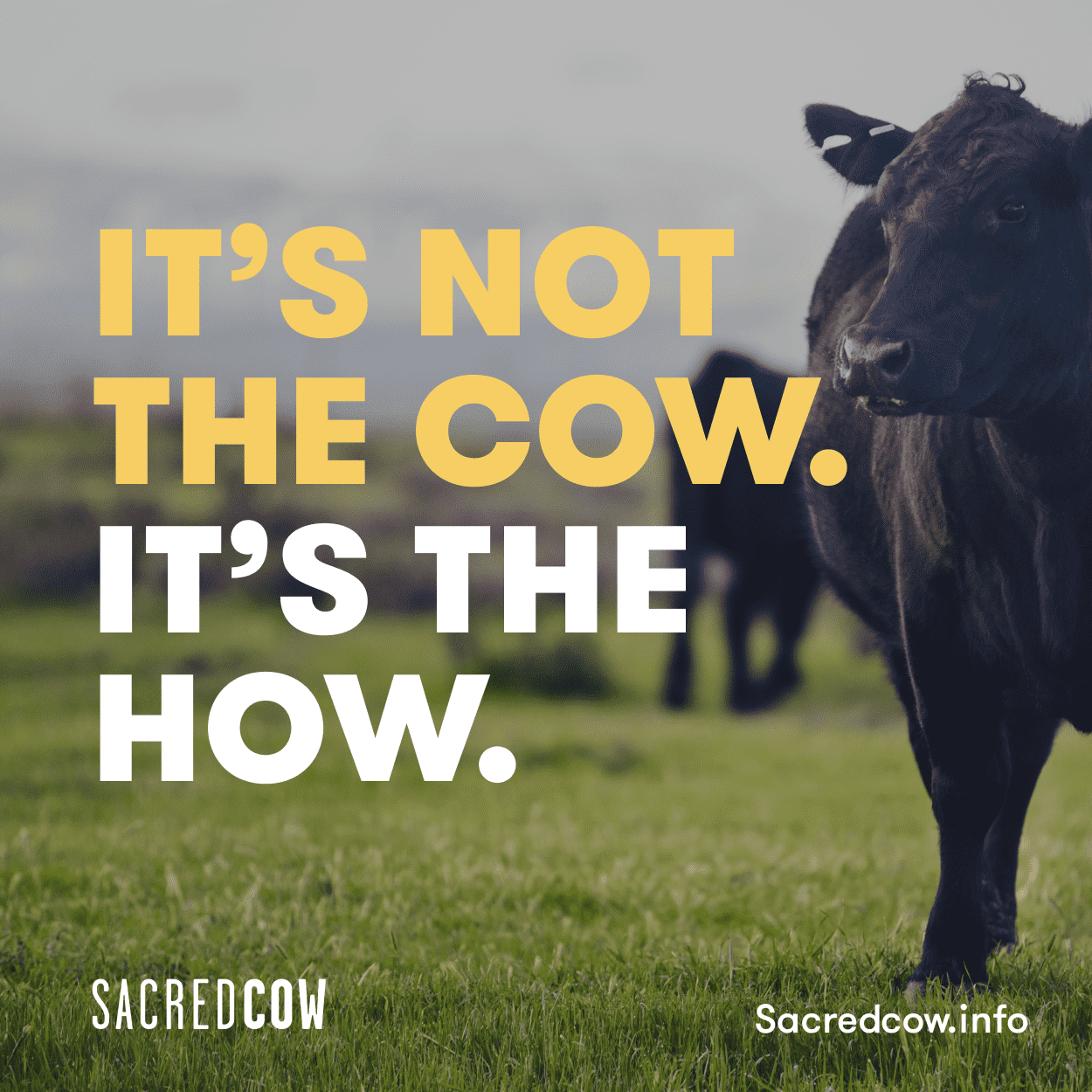Rafael Lao Wai
Member
- Joined
- Jun 16, 2017
- Messages
- 1,790
And I haven't seen anything indicating that you need to be an "expert" in climate science to understand it.I've not see anything indicating that Peat has any relevant expertise in climate science. I don't see a reason to treat him as an authority on this matter. (I don't go to climate scientists for info about reproductive hormones or dietary PUFAs or human physiology in general, either.)
Now here is something that I would like you to explain: you go for the experts when it comes the "pandemic" or climate change, looking for the consensus, and saying that anybody who doesn't agree with the consensus isn't serious or is in denial. Ray Peat didn't learn about the harmful effects of radiation/ PUFA/ estrogen/ serotonin/ neo- darwinism/ genetic determinism in college. It's quite an exception to be against these. Why do you think Ray is right about all those things I enumerated above? It certainly isn't the consensus, and people who have become experts following similar formal training as Ray believe that soybean oil is great for you, and that radiation is harmless. Where do you draw the line? How can Ray be on the polar opposite to the consensus in nutrition/ biology and be right? Is that not proof that the education that experts receive can be totally wrong? Or are you going to start consuming soybean oil now, saying that it is the consensus that something like PUFAs couldn't be bad?

